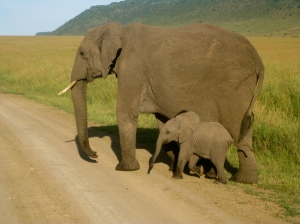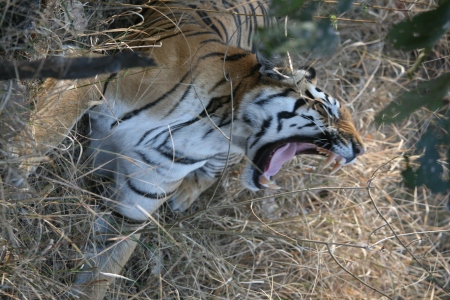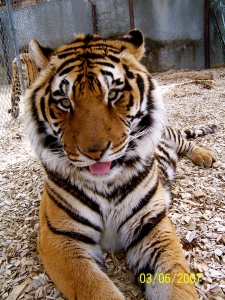Headed for sand soon?
The web folks at work asked me to create a list of books I thought people should be reading on vacation. I pored over lists from the publishing houses and scanned the Internet landscape to see what the hot reads might be and consumed as many of these as I could. And although my list was almost completely rejected because it didn’t contain such lofty titles as Fifty Shades of Grey, I do believe the following are well worth your time. Bon Voyage!
Fiction:
Gone Girl by Gillian Flynn (Crown, June 5, 2012)
A perfect wife’s disappearance plunges her husband into a nightmare as it rips open ugly secrets about his marriage and, just maybe, his culpability in her death. It’s a mystery, it’s a psychological thriller, and I’m devastated I just read the last page.
The Stonecutter by Camilla Lackberg (Pegasus Crime, May 12, 2012 )
Swedish Lackberg is getting attention for being a better crime/mystery writer than Stieg Larsson and heir apparent to his legions of fans. Her latest book is getting rave reviews and is one “that ruins a vacation” according to Maureen Corrigan (book critic, NPR, in WashPo) as its tale of doomed relationships and murder suck in would-be beachcombers.
The Fallen Angel by Daniel Silva (July, 2012)
Silva’s thrillers featuring world-class art restorer and Israeli assassin Gabriel Allon never fail to disappoint. In this anticipated one, Allon is restoring a Caravaggio at the Vatican when he is called on to investigate a suspicious suicide on behalf of the Pope. His suspicions lead him to trail an art smuggling ring through Rome, St. Moritz, Istanbul, and his home turf, Jerusalem. Allon’s internal conflicts as a hired killer and Silva’s depictions of the inner workings of the Middle East are compelling enough to make a reader buy the entire series—even in hardback.
The Solitary House by Lynn Shephard (Delacorte, May 1, 2012)
Shepherd’s latest detective story (Murder at Mansfield Park, 2010) is a Victorian tour de force that borrows characters from Charles Dickens’ Bleak House and Wilkie Collins’ The Woman in White.
A Trick of Light (Minotaur, July 3, 2012) by Louise Penny
Penny is known for engrossing mysteries that are also funny and wise. This paperback edition of this best seller seems like a good option for thrifty mystery fans who don’t want to mix a hardback or tablet with sand.
Maisie Dobbs series, by Jacqueline Winspear
The first one is actually called “Maisie Dobbs.” You should start there. Allow yourself to become immersed in post-War Britain as an unlikely detective uses her intellect, intuition and guts to sort out crimes both national and personal. A good salve for Anglophiles, especially if you’re missing Downton Abbey!
Non-fiction:
Steve Jobs by Walter Isaacson (October 24, 2011). Yes, a tad older than the others but everyone I know who’s read it raves about the insider’s peak into the mind of a visionary. We could proclaim that a vacation week is the perfect time to delve into the 448-page tome—and be astonished, revolted, and amazed at the life of Jobs.
Swim: Why We Love the Water (Pubilc Affairs, April 2012)
By Lynn Sherr
From the evolution of our “aquatic ancestors” to the trauma of bathing suit shopping, these essays examine the sport of swimming from all angles. Water! Swimming! How can we resist???
God’s Hotel: A Doctor, A Hospital and a Pilgrimage to the Heart of Medicine by Victoria Sweet(Riverhead, April 26, 2012)
A doctor’s experiences in a unique corner of the medical world—Laguna Honda Hospital in San Francisco—where the doctors and nurses provide long-term care for the sick poor; the working and living environments are unlike that of any other hospital in the country.
This is How: Proven to Aid in Overcoming Shyness, Molestation, Fatness, Spinsterhood, Grief, Disease, Lushery, Decrepitude & More. For Young and Old Alike by Augusten Burroughs
(St. Martin’s, May 8, 2012)
Acclaimed memoirist Burroughs (You Better Not Cry: Stories for Christmas, 2009, etc.) charts new territory, offering his readers advice on life.
The First 20 Minutes; The Myth-Busting Science that Shows How We Can Walk Farther, Run Faster, and Live Longer (Hudson Street/Penguin, April 26, 2012)
By Gretchen Reynolds
A fitness columnist for the New York Times dispenses documented exercise science for a healthier life. I’ve read some excerpts from this and listened to interviews; she makes a compelling case to exercise a little less—perfect beach reading!











